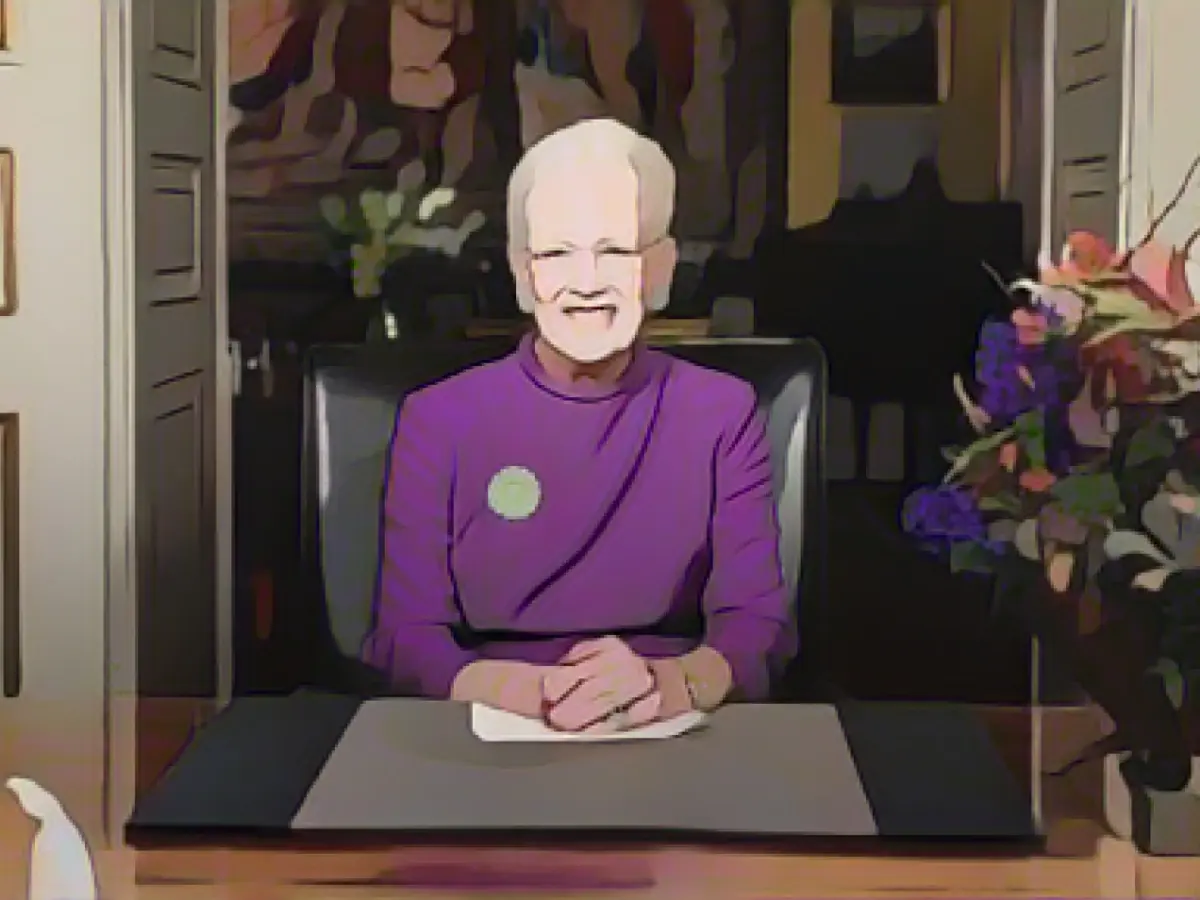Danish Queen announces abdication - successor will be Crown Prince Frederik
Margrethe was 31 years old when she ascended the throne of Europe's oldest monarchy over half a century ago, on January 14, 1972, still in mourning for her father King Frederik IX. At the time, she was already married to the French Count Henri de Laborde de Monpezat and had two sons with him - four-year-old Frederik and three-year-old Joachim. In 2018, her husband, who suffered from dementia and lung disease, died at the age of 83 after 50 years of marriage.
Always dressed in colorful outfits, the monarch is known for her optimism and social commitment. Her speeches to her people are more direct and less formal than those of other European monarchs. She paints, travels and is extremely popular with her compatriots.
Read also:
- This will change in December
- Attacks on ships in the Red Sea: shipping companies avoid important trade route
- Houthi rebels want to launch further attacks despite international coalition
- USA forms military coalition against Houthi attacks on ships in the Red Sea
Margrethe II., the current Queen of Denmark, announced her intention to step down and pass the crown to her eldest son, Crown Prince Frederik, on Sunday. This decision marks the end of her 50-year reign, which began following the abdication of her father, King Frederik IX, in 1972. As the successor to the throne, Crown Prince Frederik will become the sixth monarch in the line of Danish kings, following in the footsteps of his great-grandfather, Frederik IX.
In 2018, Queen Margrethe's husband, Henri de Laborde de Monpezat, passed away at the age of 83, leaving behind a lasting legacy as a strong support for the Danish monarch. The couple shared two sons, including Crown Prince Frederik, who was just four years old when his mother ascended the throne.
Despite the impending change, Margrethe II. remains a beloved figure in Denmark, known for her optimism, social commitment, and vibrant fashion sense, often seen in bright, colorful outfits. Her speeches are typically more direct and less formal than those of other European monarchs, allowing her to connect with the Danish people on a personal level.
With her abdication, Queen Margrethe sets a precedent for the colonies of the Danish Television, where her reign has been widely covered and her image has become synonymous with Danish culture and tradition. This shift will be closely watched by Europeans and the global community, as Denmark marks a significant turning point in its modern history.
Source: www.stern.de







